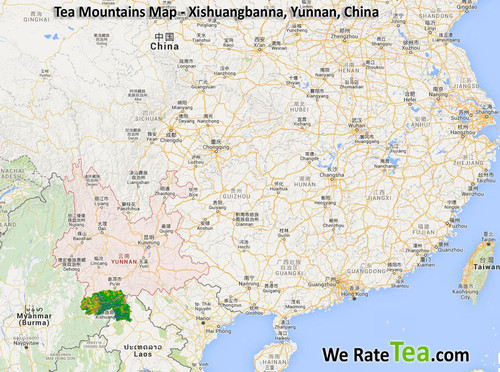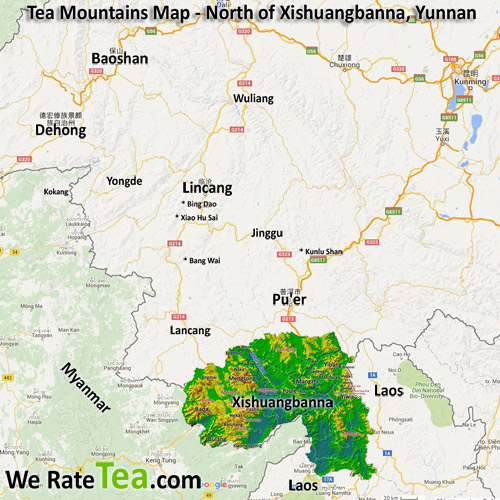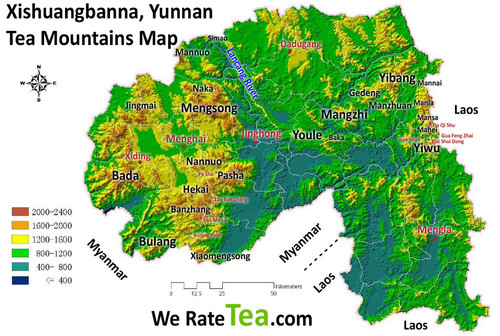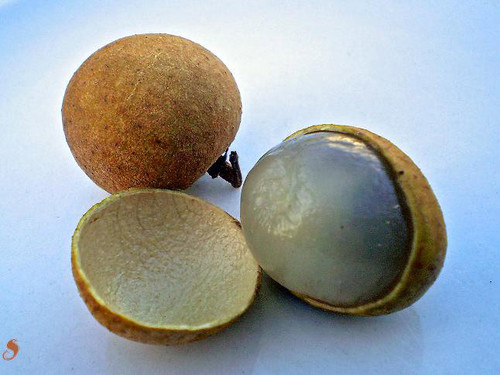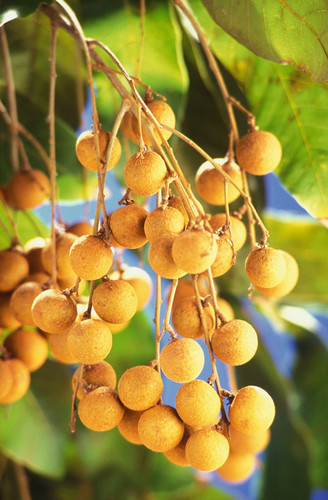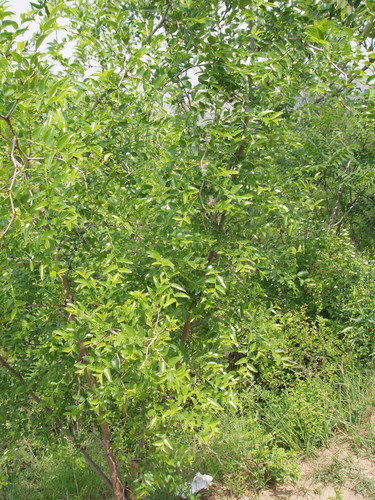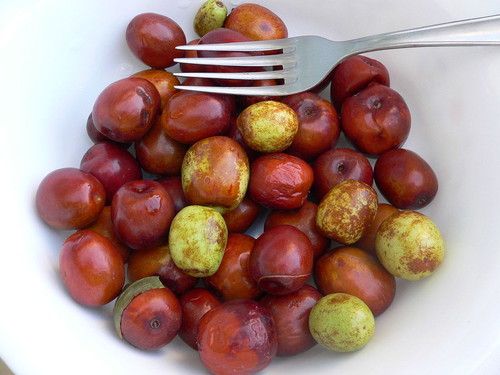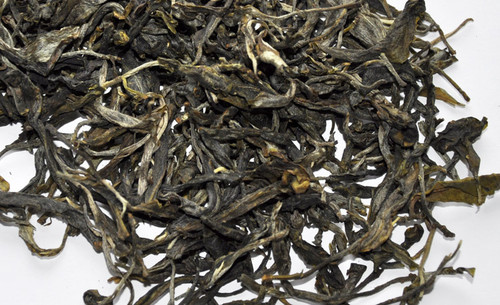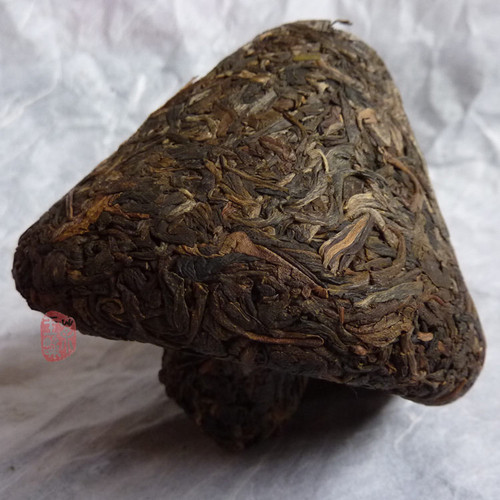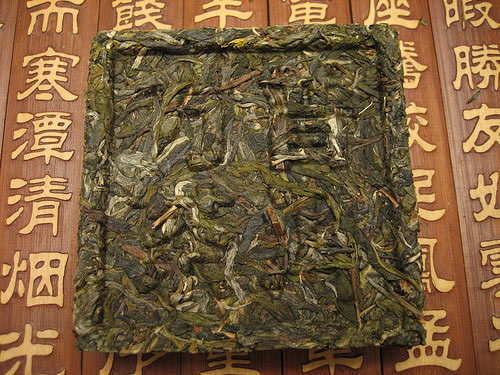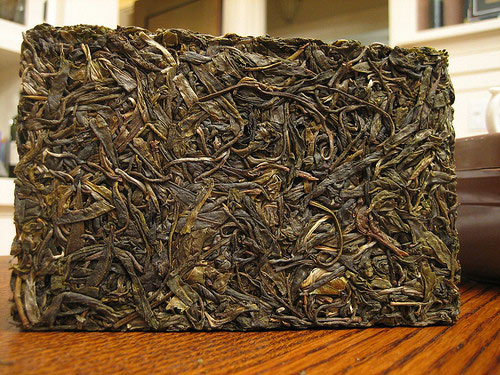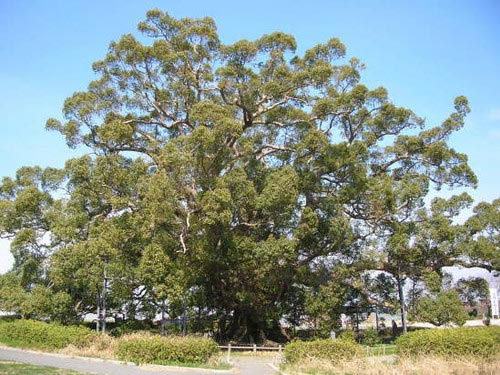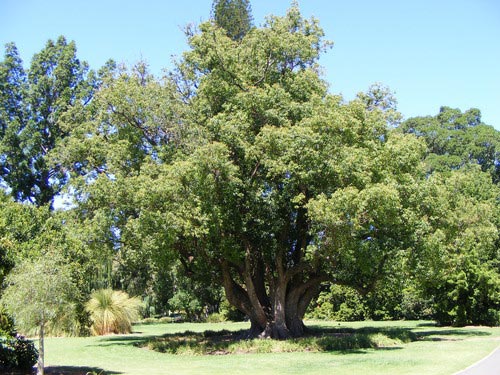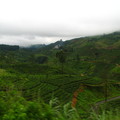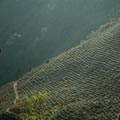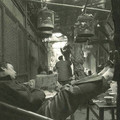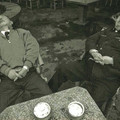Photos - Pu-erh
Photos Tags: Pu-erh, China, Yunnan, Lancang, Lincang, Yongde, Dehong, Baoshan, Jinggu, Wuliang
Photos Tags: Bada, Bānzhāng, Bulang, Hekai, Jingmai, Mangzhi, Mansa, Manzhuan, Menghai, Mengsong, Nánnuò, Pasha, Xiding, Yibang, Yìwǔ, Yōulè, Pu-erh, Yunnan, China
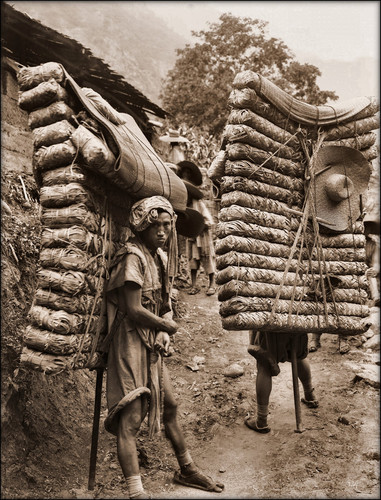
Photos Tags: Pu-erh, Tea production
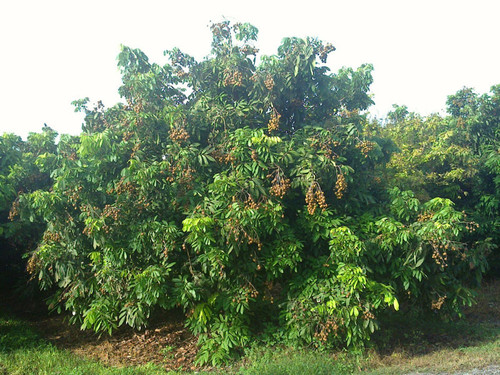
Photos Tags: Pu-erh
Photos Tags: Pu-erh
Photos Tags: Pu-erh
Photos Tags: Pu-erh
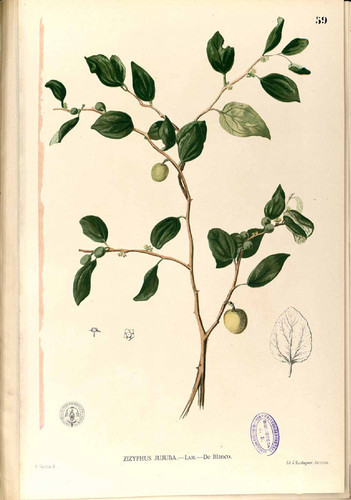
Photos Tags: Pu-erh
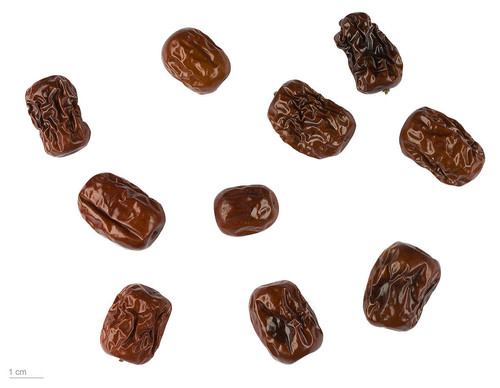
Photos Tags: Pu-erh
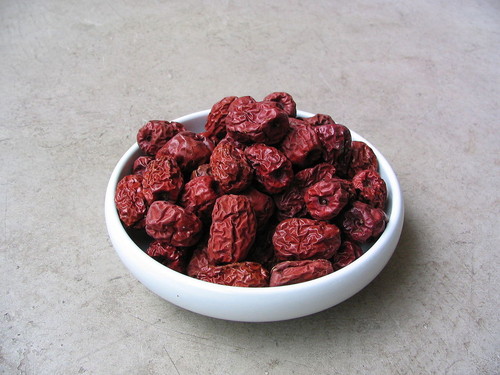
Photos Tags: Pu-erh
Photos Tags: Pu-erh
Photos Tags: Maocha, Pu-erh, Tea production
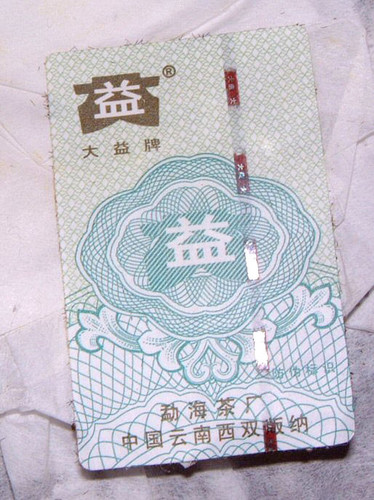
Photos Tags: Pu-erh, Tea production
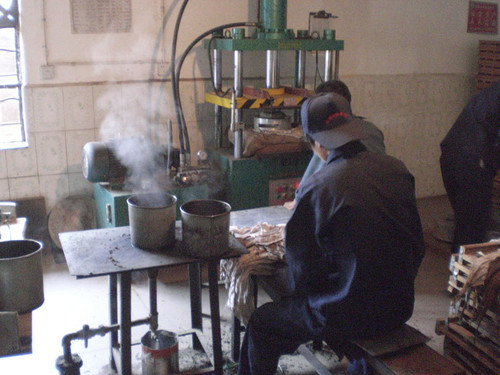
Photos Tags: Pu-erh, Tea production
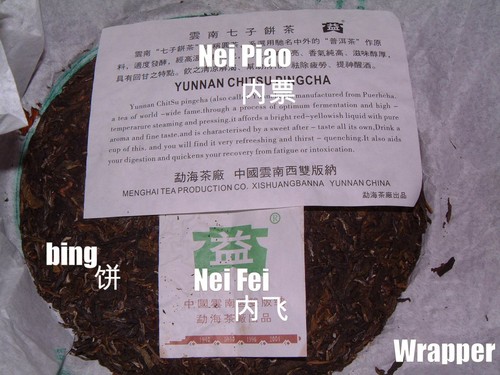
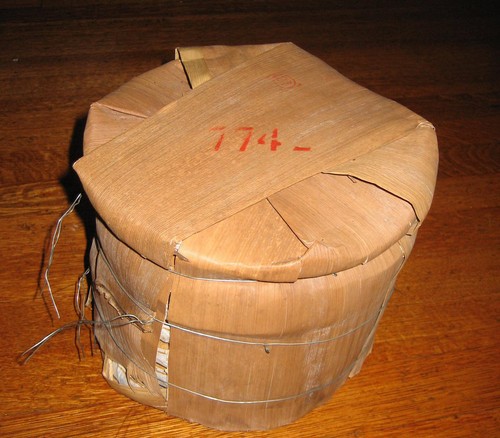
Photos Tags: Pu-erh
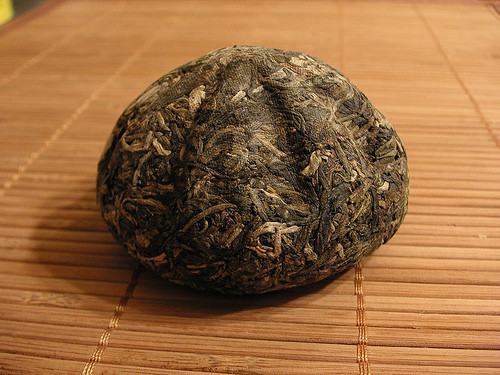
Photos Tags: Pu-erh, Mushroom - Jin Cha
Photos Tags: Pu-erh
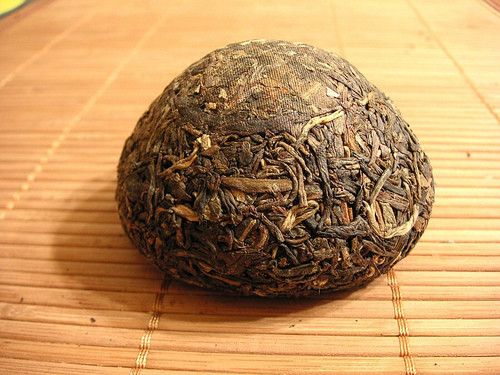
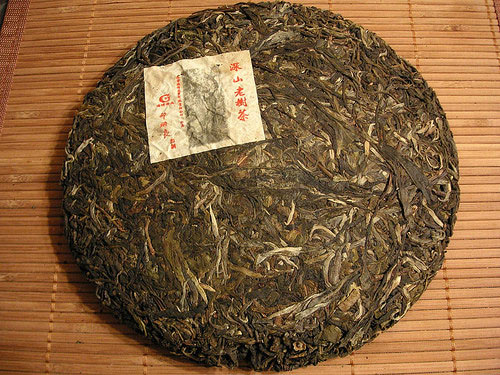
Photos Tags: Pu-erh
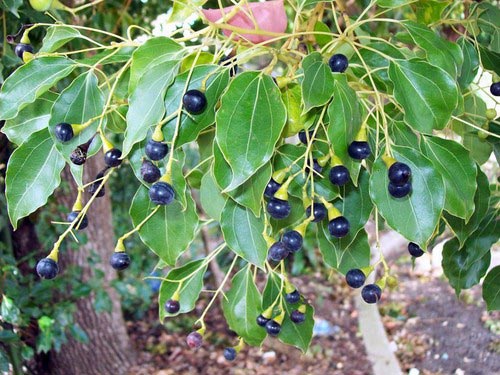
Photos Tags: Pu-erh
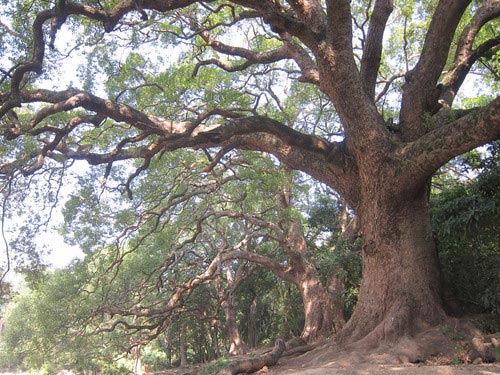
Photos Tags: Pu-erh
Photos Tags: Pu-erh
Tea by region
Remember what tea did you drink year ago?
Create your own collection of favorite teas and keep the track what you have drunk.
We will help you with tea selection.
Do you like quality loose tea?
We will help you to find the right one for you. Be inspired by tea ratings of other tea lovers. Rating stars could help you.


Latest posts
07.06.2025 @ 07:48:53 - lalo233:
The unforgiving landscapes of Arrakis in Dune: Awakening demand a mastery of combat....
07.06.2025 @ 07:48:50 - lalo233:
The unforgiving landscapes of Arrakis in Dune: Awakening demand a mastery of combat....
01.01.2016 @ 18:14:35 - Eternal Spring:
WeRateTea.com wish you all the best for 2016!...
07.12.2015 @ 09:07:02 - sypalino:
I decided to taste this tea 2 weeks after delivery. The cake is lightly pressed, so...
09.11.2015 @ 21:58:19 - Eternal Spring:
Comparison of 2013 Bada Pu-erh.sk with <a...
09.11.2015 @ 09:34:07 - Eternal Spring:
Lao Yu 2013 is now about 2,5 years old tea and out of this 1,5 year stored in Europe....
09.11.2015 @ 09:33:11 - Eternal Spring:
Comparison of all three Lao Yu is now done :)
15.10.2015 @ 11:06:37 - Eternal Spring:
2015 Chawangpu Collection – I can only tell, that all teas are very good :)
09.10.2015 @ 10:31:19 - Eternal Spring:
It was quite long and difficult tasting to make a decision… There is still quite...
24.01.2015 @ 16:55:57 - Eternal Spring:
WeRateTea.com wish you all the best for 2015!...
Review your cup of tea.
Review the tea you are drinking and help other tea lovers to find the right cup of tea.



Theme
Quotes
„After initial taste and aroma, the first thing tea drinkers are likely to focus on is known in Chinese as 回甘 [huí gān]. In English, a near literal translation is “Returning Sweetness,” but we can think of this loosely as aftertaste. You can experience this clearly in most good teas, and probably already have. In the best teas, though, the taste can go on for hours.“



 Shops
Shops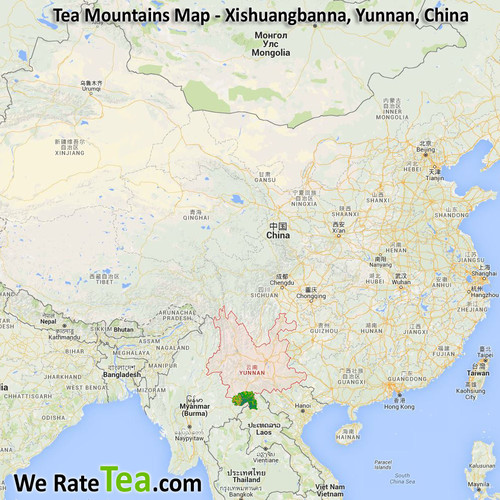
 Share on Facebook
Share on Facebook
